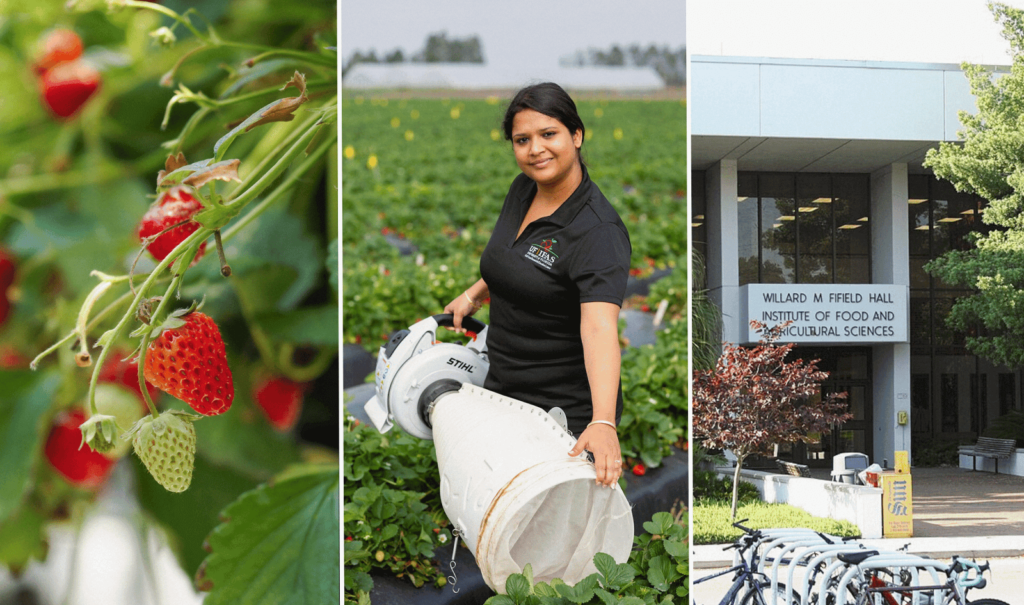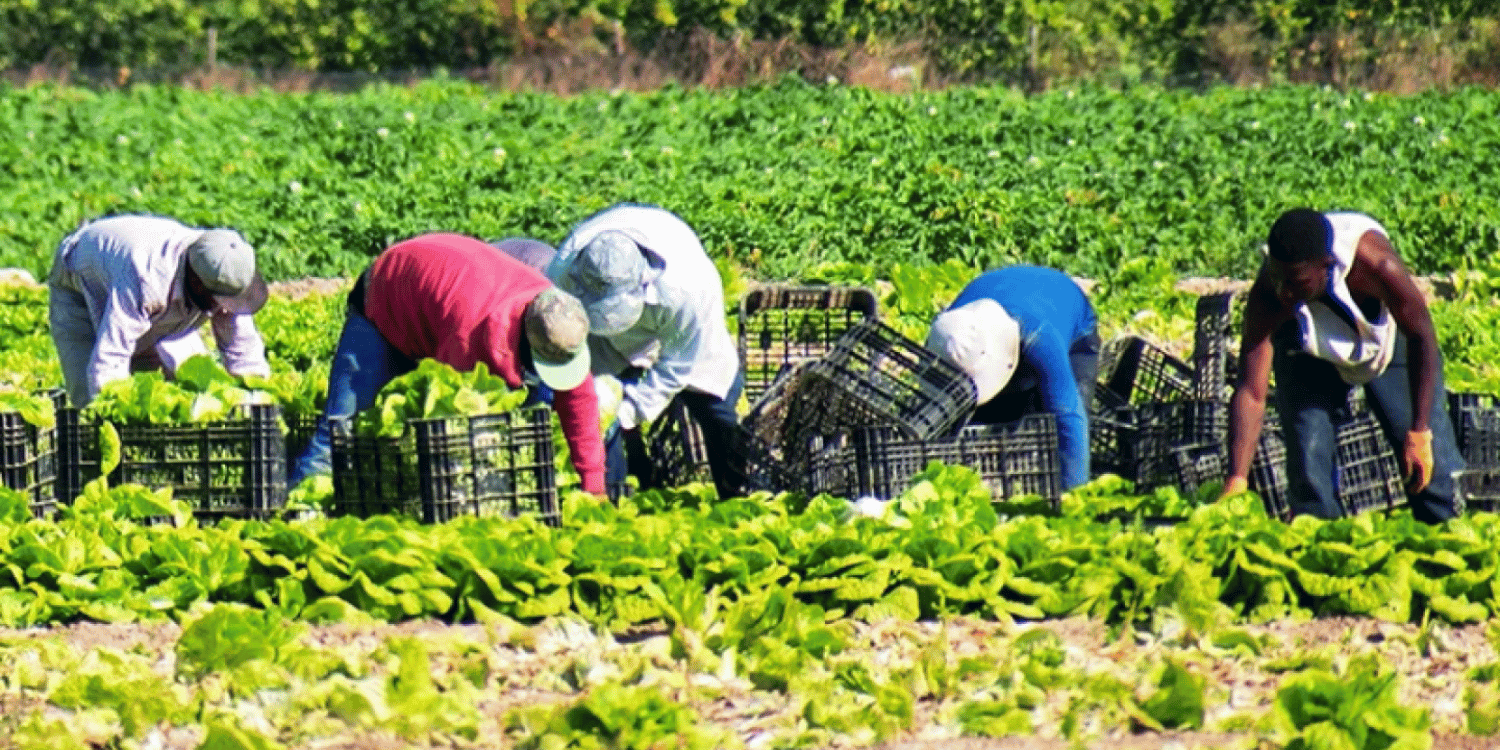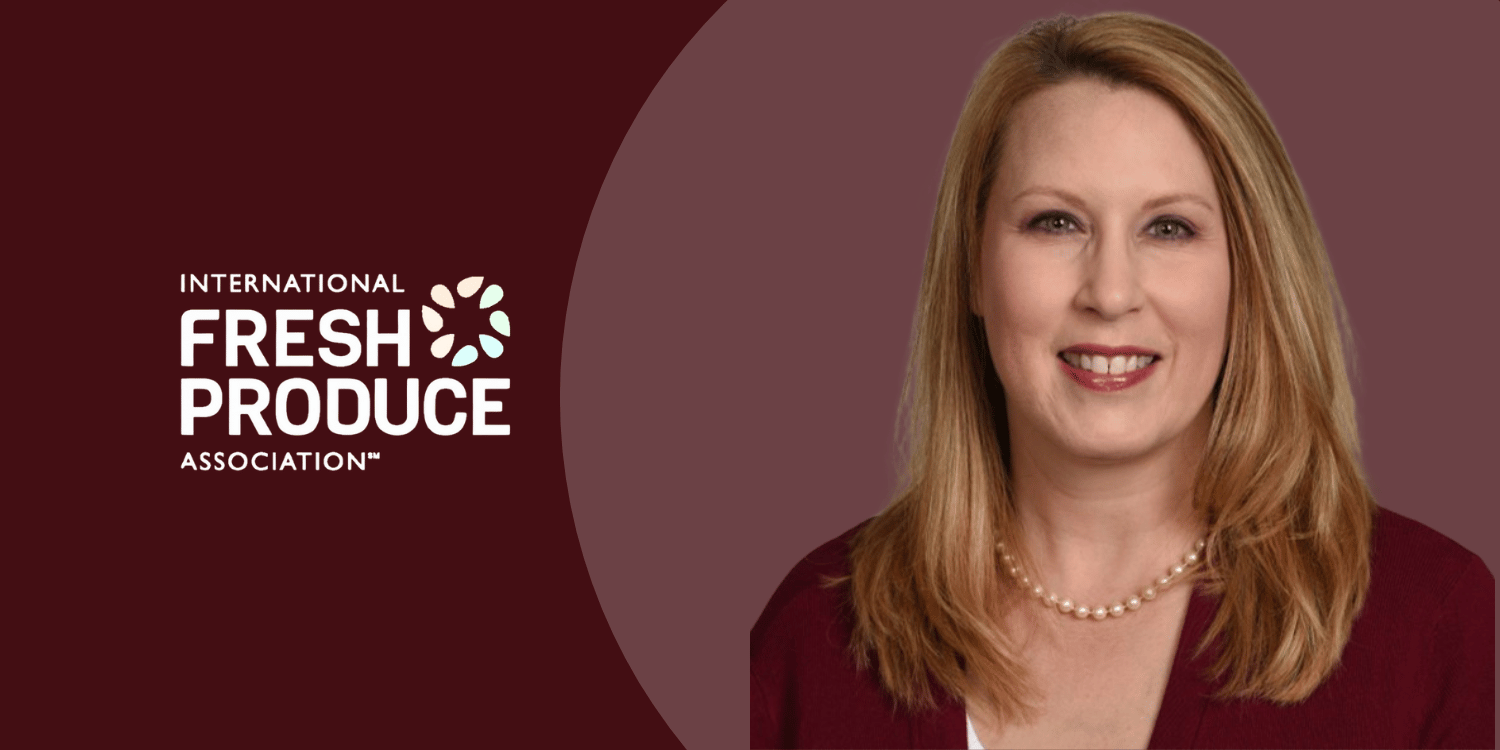UF/IFAS study shows how targeted spraying can reduce pesticide use and improve yields for Florida’s $500 million strawberry industry.
Florida strawberry growers have a new, cost-effective strategy to control the pervasive chilli thrips while minimizing pesticide use, thanks to research from the University of Florida Institute of Food and Agricultural Sciences (UF/IFAS).
This innovative approach not only promises significant savings but also contributes to a healthier environment by reducing the overall volume of pesticides applied to strawberry fields.
Chilli thrips, an invasive pest originating from Southeast Asia, were first reported in Florida in 1991 in Okeechobee County and then in 1994 in Highlands County.
These pests pose a severe threat to Florida’s $500 million-a-year strawberry industry, predominantly concentrated in Hillsborough County, with additional farms in Manatee and Polk counties.
Sriyanka Lahiri, an assistant professor of entomology at UF/IFAS, has been at the forefront of this research. Lahiri’s study focuses on the damage chilli thrips can inflict on strawberry crops and provides a strategic approach to mitigate their impact.

According to Lahiri and her colleagues, chilli thrips tend to aggregate within a 100-meter radius outside the center of strawberry fields, particularly near field borders adjacent to woods.
These areas offer a suitable habitat for thrips during the off-season, enabling them to reinfest the crops during the next growing season.
“Our findings are important to growers as they can now save money and time by having to spray a lower volume of insecticides in smaller portions of their field,” Lahiri stated.
“They can protect the beneficial insects in and around their field by doing this, which in turn will assist with maintaining more healthy strawberry plants.”
The study advises growers to focus pesticide applications no closer than 100 meters, or about 330 feet, from the field border. The rest of the field can either remain untreated or be managed using alternative methods such as biological control agents, botanicals, and flowering plants.
This targeted approach can reduce pesticide applications to two or three per season, a substantial decrease from the current practice of six to ten sprays across the entire field.
By adopting these practices, growers can not only cut down on pesticide costs but also enhance the overall health and productivity of their strawberry plants.
Lahiri noted that strawberry plants treated with insecticides are likely to produce seven times more marketable fruit compared to those suffering from season-long chilli thrips infestation.
“To manage the first round of migrating chilli thrips populations, growers will need to use any one of the effective chemical sprays,” Lahiri explained.
“Once the initial population has been knocked down to manageable levels, you can use biological control agents such as predatory mites, minute pirate bugs, Beauveria bassiana-based compounds, or botanical insecticides like Captiva Prime and Azera.”
This strategy aligns with broader sustainable agricultural practices, emphasizing the importance of protecting beneficial insects which contribute to the ecosystem’s health.
Beneficial insects help maintain the natural balance by preying on harmful pests, thereby reducing the need for chemical interventions.
The implications of this research are far-reaching.
By reducing pesticide use, strawberry growers can lower their operational costs and minimize the environmental impact of their farming practices.
This is particularly significant in the context of increasing concerns about pesticide residues in food and their effects on human health and the environment.
UF/IFAS’s mission is to develop and disseminate knowledge relevant to agricultural, human, and natural resources to sustain and enhance the quality of life.
With more than a dozen research facilities, 67 county Extension offices, and a strong faculty base, UF/IFAS continues to provide science-based solutions to Florida’s agricultural and natural resources industries.




















